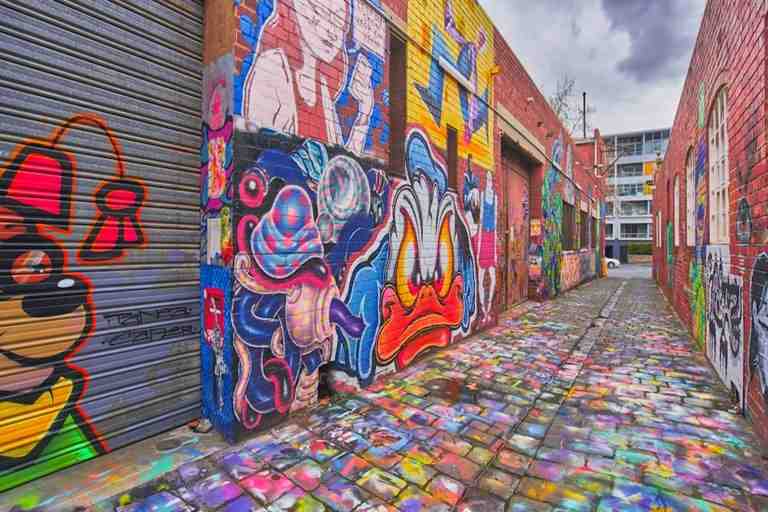Arts & Culture
Street Art Flourishes in Melbourne’s Laneways
Once considered vandalism, urban murals are now celebrated as cultural landmarks, attracting tourists and revitalizing neglected parts of the city.
2025-07-21 | By Noah Edwards

Melbourne’s laneways, once overlooked as neglected urban spaces, have transformed into vibrant canvases for street art. Colourful murals now draw tourists and locals alike, showcasing the city’s creativity and cultural diversity.
Street artists say the movement reflects a desire to reclaim public spaces. What was once considered vandalism is increasingly recognised as a legitimate form of artistic expression, supported by local councils and community groups.
Hosier Lane remains the most iconic example, where walls are constantly evolving with new pieces. The dynamic nature of the laneways ensures that no two visits are ever the same, adding to their appeal as cultural landmarks.
Guided tours have sprung up, offering visitors context about the artists and the social messages behind the works. These tours highlight how street art often addresses political, environmental, and cultural issues in ways that resonate with everyday people.
Local businesses have benefited from the transformation. Cafés, bars, and boutiques located near laneways report increased foot traffic, turning once-ignored alleys into bustling centres of activity.
Art institutions have begun collaborating with street artists, bridging the gap between underground culture and mainstream recognition. Exhibitions featuring former graffiti artists have helped legitimise the movement further.
However, tensions remain. Some residents complain about noise and crowds, while debates continue over whether certain works cross the line into vandalism. City planners face the challenge of balancing cultural vibrancy with urban management.
International visitors often compare Melbourne’s laneways to similar districts in Berlin and New York, further boosting the city’s reputation as a global capital for street art. Artists from around the world are drawn to contribute their work.
As street art continues to flourish, it not only beautifies the city but also sparks dialogue about identity, ownership of space, and the role of creativity in shaping urban life.